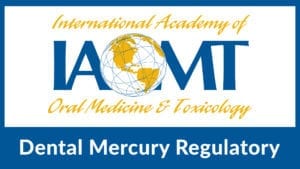

DNA/RNA is altered by Prenatal Mercury Exposure In the FDA’s 186-page report on the Epidemiological Evidence on the Adverse Health Effects Reported in Relation to Mercury from Dental Amalgam: A systematic literature (2010 – Present) released in September 2019, there were several omissions. One of them was the lack of any reporting on the effects [...]
Included within Appendix IV is a table containing over 150 references describing illness associated with the use of amalgam fillings. It is only a small subset of the available literature. From that table newer epidemiological studies that have been conducted since the 2019 FDA report, Epidemiological Evidence on the Adverse Health Effects Reported in Relation [...]
The Casa Pia Children's Amalgam Trial The FDA's Evidence that amalgam exposure does not affect long-term health outcomes Woods, J.S. et al., “Biomarkers of Kidney Integrity in Children and Adolescents with Dental Amalgam Mercury Exposure: Findings from the Casa Pia Children’s Amalgam Trial,” Environmental Research, Vol. 108, pp. 393-399, 2008. The FDA is STILL using the [...]
FDA Admissions/Conclusions in Responses to Petitions Release of Mercury Vapor 610, Page 2; 163, Pg. 2 - Dental amalgam contains elemental mercury and releases mercury vapor. At high enough levels, mercury vapor is a neurotoxicant and can have adverse health effects. A central question in assessing the risk of dental amalgam is whether the levels [...]
